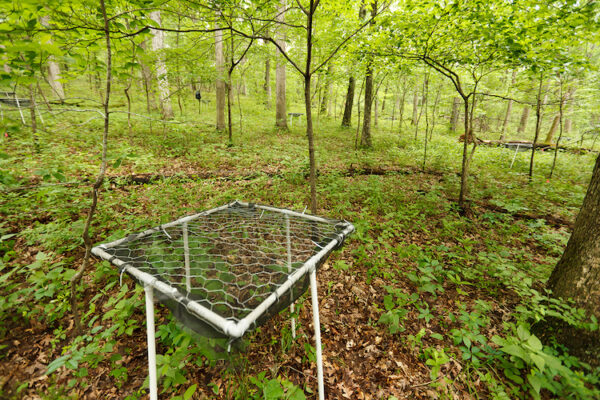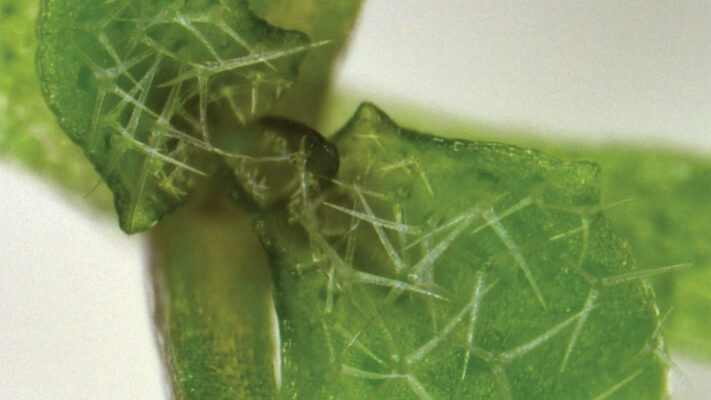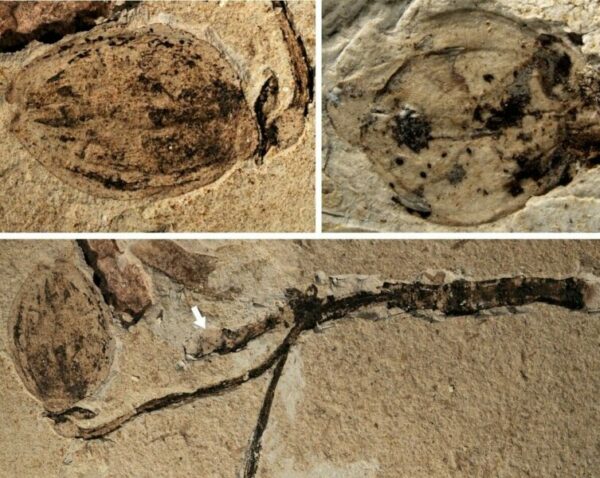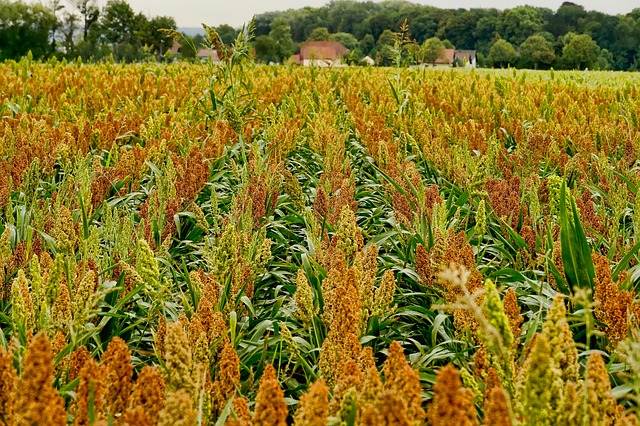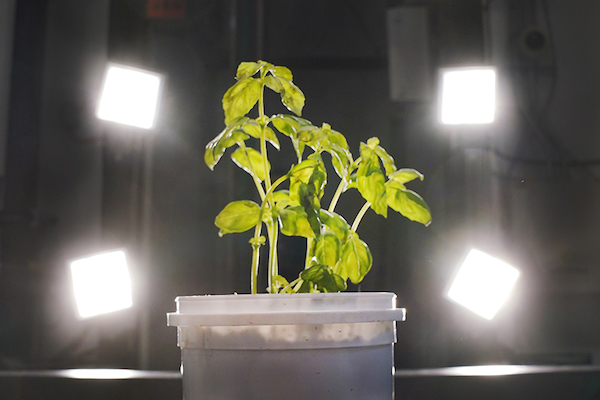
Some might say you look a little green when you are sick. Leafy greens actually turn purple — although not obvious to the human eye, it can be seen through advanced hyperspectral imaging (different than purple varieties of some vegetables). Researchers discovered this color change in kale and basil stressed by cadmium, a heavy metal toxic to human and animal health.



